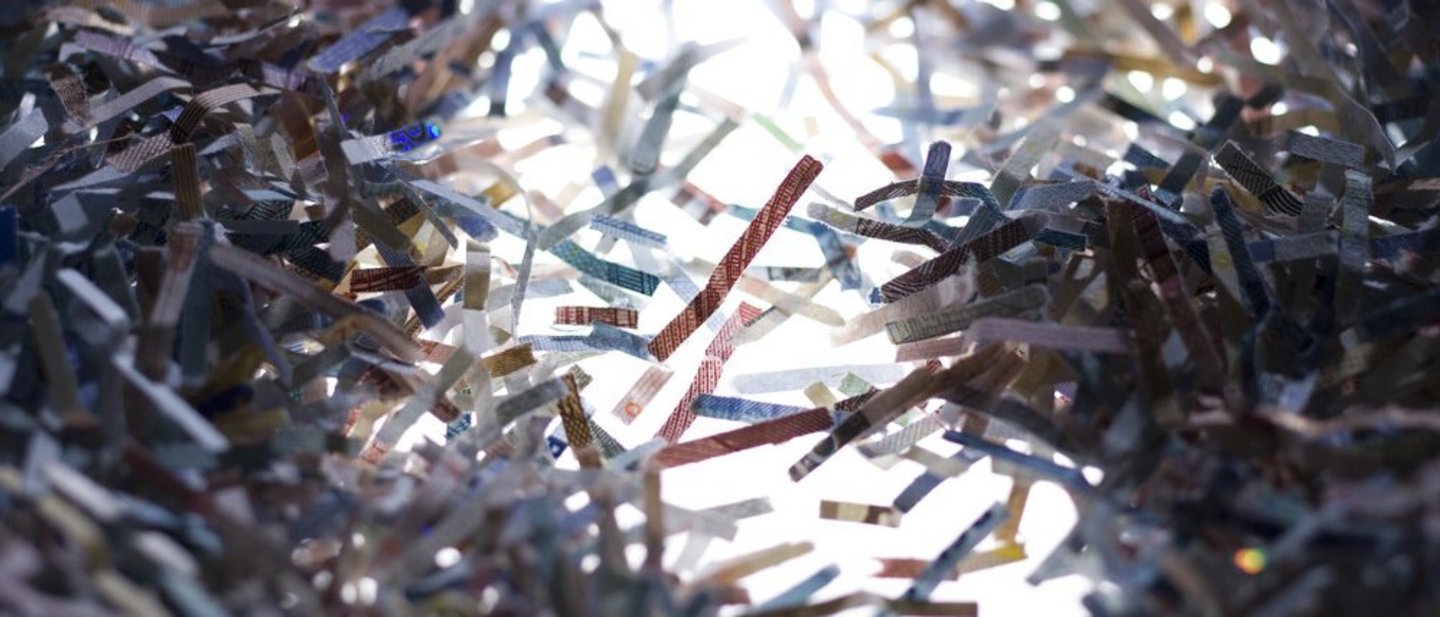Banknote destruction is much more complex and intricate than simply shredding banknotes. Too big and the banknotes shreds aren’t secure; too small and efficiency is lost. By effectively destroying banknotes, central banks ensure that unfit banknotes can no longer be put into circulation. Ferdinand Storek explains, “If banknotes are put back into circulation that should actually have been destroyed, the damage is irreparable. This is why we guarantee zero theft with our systems in operation.”
Security is of utmost importance to banknote destruction processes as this ensures that unauthorized access cannot occur and that banknotes are irreproducible. This is where shred size comes into play. “If banknotes are destroyed in small enough shred sizes that follow predefined standards, it is impossible for them to be put together again,” says Storek. In practice, a shred size of 36 mm² guarantees exactly this. “We offer solutions to our customers, which start at 25 kg and end at far more than one ton of banknotes per hour. After being shredded, banknotes are collected in a silo and mixed, then compacted. The probability that I will find a banknote again or re-assemble one from hundreds of billions of shreds is impossible.”



